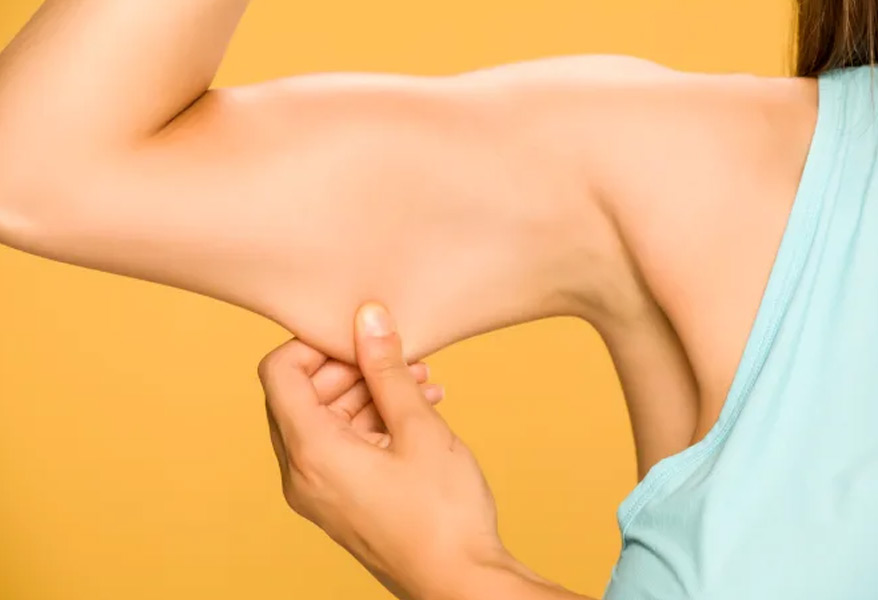- 13320 Riverside Dr., Suite 226, Sherman Oaks, CA 91423
Home » Body Treatments » Arm Lift

An arm lift, also called a brachioplasty, is a surgical procedure to remove excess skin and fat from the arm, between the armpit and elbow.
An arm lift may be an option for aging individuals who have sagging and loose skin. Patients who have lost significant weight may also have drooping skin under their upper arms. Though exercise can help strengthen and tone upper arm muscles, it won’t be effective in addressing excess skin that has lost elasticity. An arm lift will not only remove excess skin, but can also help boost body image and self-confidence.
An arm lift may not be appropriate for individuals who:
The risks of an arm lift include:


Other standard risks of surgery include bleeding, infection, and an adverse reaction to anesthesia.
During an initial consultation, the plastic surgeon will review the patient’s medical history, discuss the patient’s recent surgeries, and ask about medications they are currently taking, including over-the-counter drugs and herbal supplements.
The physician will examine the undersides of the patient’s upper arms and take pictures for medical records. Depending on the patient’s unique condition, the physician will discuss treatment options and expectations. Patients should understand the benefits and risks of the procedure before scheduling an arm lift.
Patients who smoke or use other tobacco products will be required to stop until the incisions have fully healed, as smoking decreases blood flow in the skin and slows the recovery process.
Patients will be advised to stop taking aspirin, anti-inflammatory medications, and herbal supplements, which can increase bleeding.
The surgeon will begin by making incisions on the undersides of the patient’s arms. Next, he or she will make stitches to tighten underlying tissues and use a suction technique, also known as liposuction, to remove excess fat. The patient’s skin will be draped over the new contours and excess skin will be removed. The surgeon will close the incisions using stitches or surgical tape.
The patient’s arms will be wrapped in elastic bandages to minimize swelling. Patients may also have small tubes placed into their arms to drain excess blood or fluid. The bandages and drainage tube will be removed within a few days after the procedure. Patients will receive detailed instructions for activities they are to avoid until the incisions are fully healed.